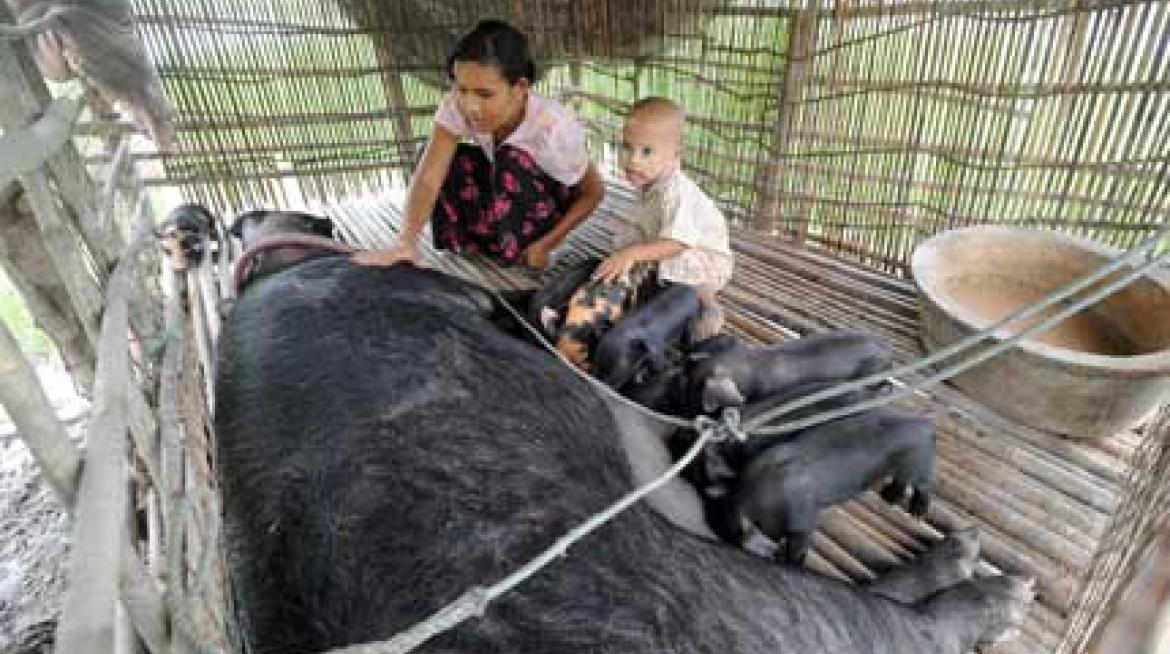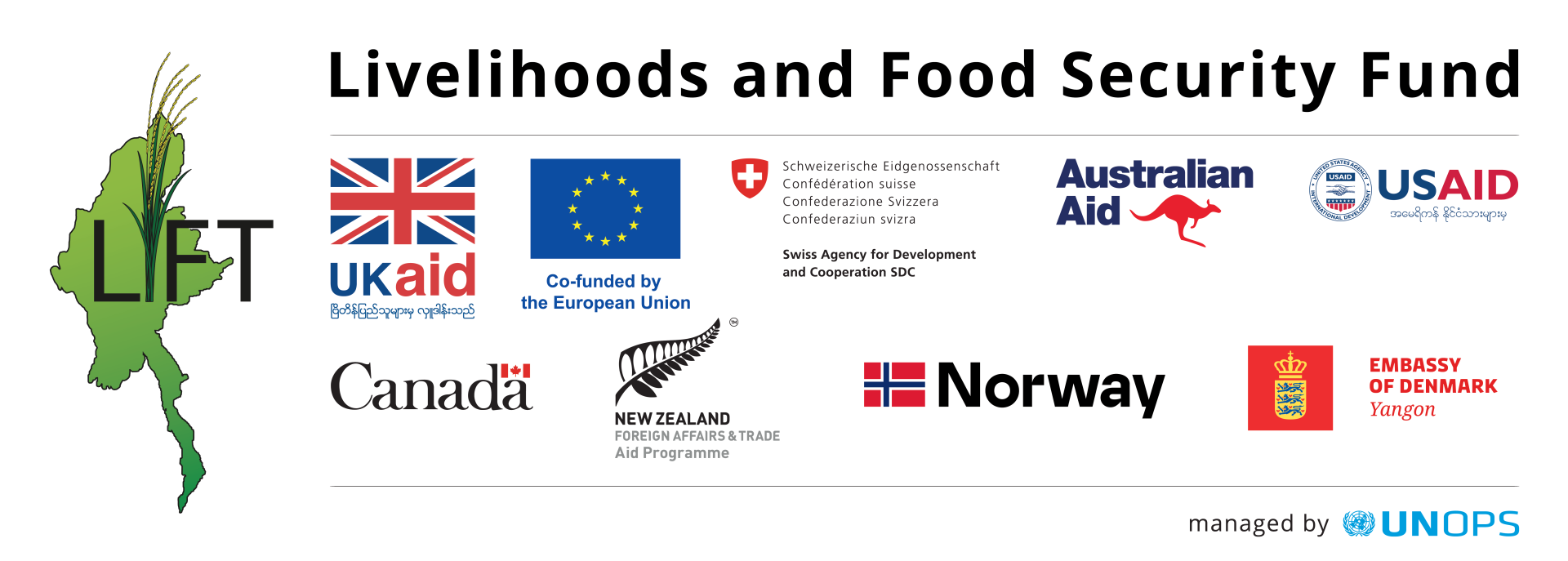
Original Article Available at :
AFP
Wednesday, Aug 01, 2012
MAWBI, Myanmar - While foreign investors with big plans pour into Myanmar after decades of military rule, microfinanciers are looking to fund the dreams of farmers in the grindingly poor countryside.
A reformist government took power last year and overseas firms are queuing up in search of business opportunities, but Myanmar is still desperately short of banks and other financial service providers.
Microfinance initiatives - which provide small, low-cost loans to the poor - are seen by experts as a way to help alleviate poverty in one of the world's least-developed countries.
Khin Mar Shwe is among the 135 beneficiaries in Mawbi village of a loan scheme launched across the Irrawaddy delta five months ago by PACT, a non-governmental organisation.
Thanks to a 60,000 kyat (about $70) loan, at one per cent a fortnight interest, the 35-year-old has nearly doubled the number of ducks she farms to more than 80.
"As there are more ducks, I get more eggs to sell and more money to use now," she says of the scheme, which means she no longer has to turn to informal lenders for credit that can carry an interest rate of 20 per cent a month.
Rates in rural areas can climb even higher for those without collateral such as gold and land, according to experts, locking borrowers into debt.
"If you're paying that interest rate, it's going to be very hard to make a profitable return," says Sean Turnell, an economist at Macquarie University in Sydney.
After the ravages of military rule, which ended last year, Myanmar has been left with "a deeply unsophisticated, underdeveloped" financial system which lags neighbouring countries, he adds.
As a result, private loans were the equivalent of just five per cent of the country's gross domestic product in 2010, according to International Monetary Fund estimates released in May.
That compares with an estimated 30 per cent in Cambodia.
The situation is worse still in rural areas where there is "no finance available... truly nothing", Turnell says, meaning microfinance has a "big role to play" in the predominantly agricultural nation.
While it is still in an embryonic stage, there is no doubt about the development potential microfinance offers, says Michael Knaute, chief executive of social enterprise Oxus Development Network.
"Before (donors) were a little reluctant because there was no legal framework, but now they are more likely to make it part of their strategy," he adds.
A microfinance law came into force earlier this year, capping interest rates at 2.5 per cent per month.
Yet even as it becomes easier to establish such schemes, some experts warn Myanmar's entrenched poverty will require broader solutions than microcredit.
"It is not a silver bullet. It is not the answer to everything," says Andrew Kirkwood, director of LIFT, a fund established by Western donors including the European Union and Australia.
It has helped finance several NGO microcredit projects, including the PACT scheme, reaching nearly 40,000 homes in more than 2,600 villages across the country.
"Microfinance works best when it's working in an environment where other opportunities are being provided," Kirkwood says, referring to training for farmers in the use of fertilisers and changing land tenure rules.
There are other potential pitfalls to introducing microfinance in a society unused to managing its debt.
"If you have everyone rushing in, wanting to give microfinance loans, it can potentially create more problems and particularly the big problem of indebtedness," Turnell explains.
In Mawbi, PACT says that for now, nobody has missed a payment deadline and recipients are motivated to pay on time by the opportunity of obtaining another loan.
Khin Mar Shwe says she would like to buy more ducks and to diversify her business.
"If I get more money from a loan, I want to buy a pig," she added. "A pig is like a saving box."


